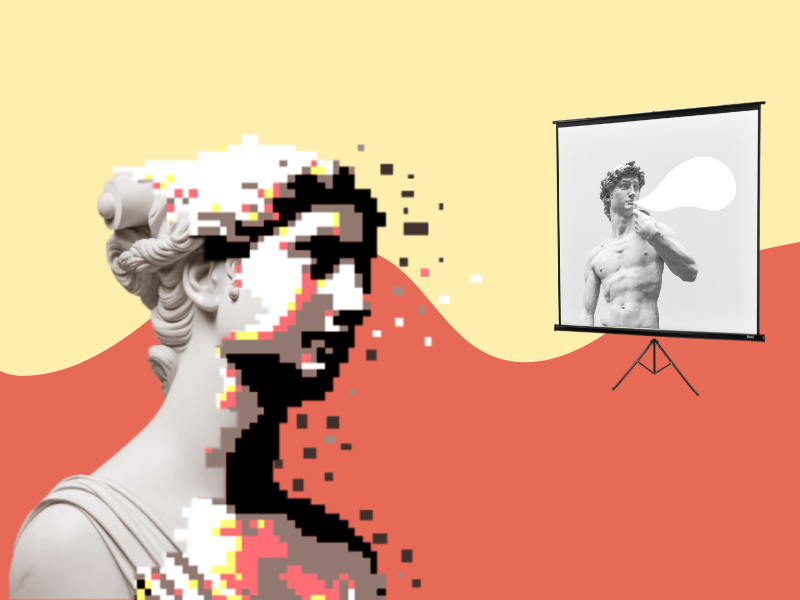The purpose of the course is to develop knowledge and skills to understand, analyse, plan and implement digital tools and multimedia in the teaching. The participants learn basic principles of how multimedia can be used to improve students' learning. Examples of course content:
- Analysis and creation of presentations and video materials that can be used to support learning.
- Presentation of various examples, tools and equipment to create simple visualisations.
- Lectures and demonstrations of technical aspects of multimedial creation, such as camera shots, sound and lighting.
